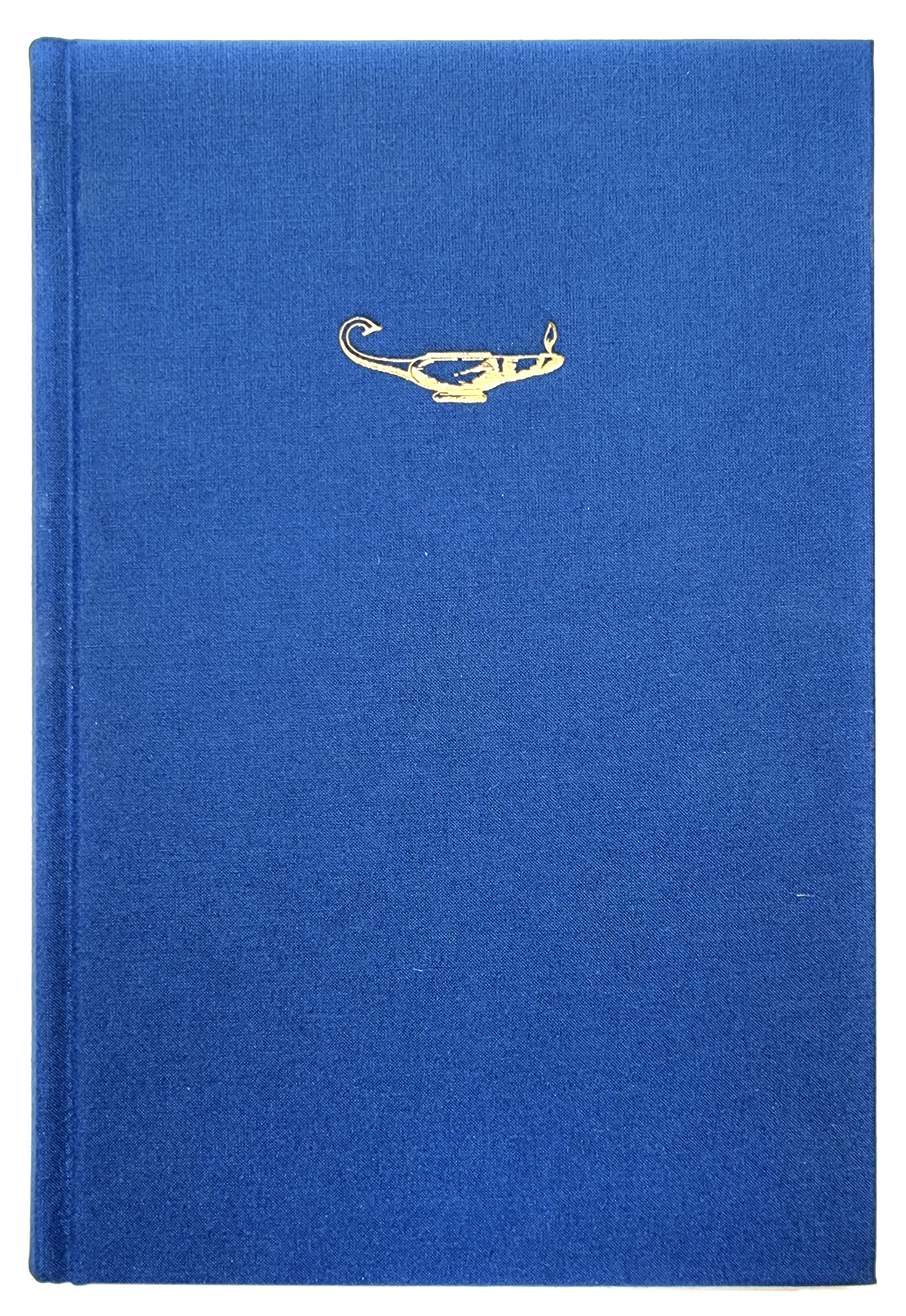Cacao (Theobroma cacao L.) as medicine in New Spain and Europe, 1500s–1600s
Keywords:
Cacao, sixteenth century, medicine, indigenous civilisations, New Spain, EuropeAbstract
The Olmec, Maya and Mexica were familiar with the properties of cacao (Theobroma cacao L.) which they used as the main ingredient of beverages served to elites. Following the arrival of the Spaniards, cacao became gradually popular in New Spain. Initially prepared in the traditional way and keeping most of the ingredients used by natives, it eventually came to include also others which came from Europe. At the end of the 1500s, cacao travelled across the Atlantic together with its medicinal connotations, being mostly enjoyed by the upper classes. Scientific studies began to be conducted soon after in Spain, France and England, leading to the earliest publications about chocolate and its properties. From that time onwards, cacao earned a place in the medical literature of the ‘Old’ and the ‘New’ Worlds, being perceived as an important healing means able to restore the physical balance and general health of the sick. While cacao was included in therapeutic preparations all along the colonial period, it lost most of its cultural and magical connotations over time; from the 1800s onwards it came to be mainly seen as a sweet treat
Downloads
Published
Issue
Section
License
This work is licensed under a Creative Commons Attribution 4.0 International License. The copyright for the work published in Lychnos remains with the authors.


